The Fashion of Brazil
In celebration of the World Cup, we explore the host country’s contributions to design. Specifically looking at how Brazil uses color, form and distinct materials to create their unique style.
Perhaps one of the most identifiable traits of Brazil is its use of vivid color. From the Canary Yellow used in its World Cup jersey to the cityscape of Rio, vibrant color is found throughout the country.
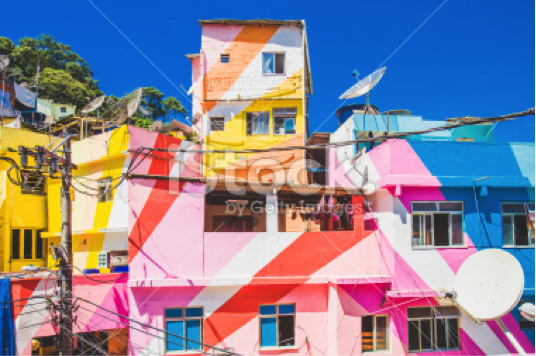
A signature use of color in Brazil is its incorporation into patterns, perhaps best highlighted in Brazilian fashion. Take for example, this Osklen ensemble. Its strong color palette is incorporated into a mirrored motif creating a bold, yet harmonious look.
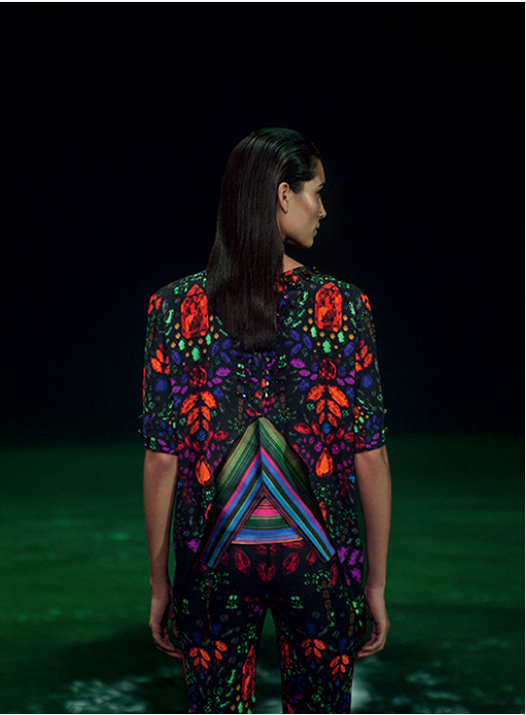
Taking a softer, more feminine approach in its color insertion is this dress from Forum. Drawing inspiration from Brazilian flora, it embodies large splashes of color accented by fine bright lines and an asymmetrical skirt.
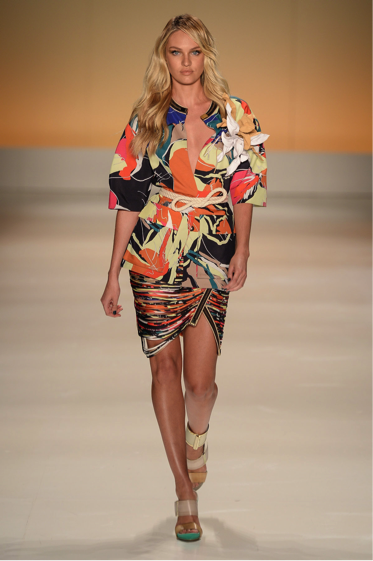
Finally, saturated colors like bright greens and tangerines seem to be gaining popularity, as noted both in fashion and furniture. Great examples include the chests below from our Aquarius collection. Each embodies bold color and unique hardware.
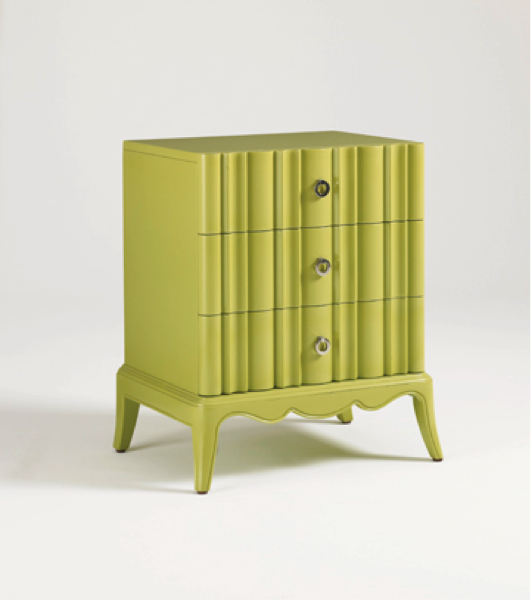
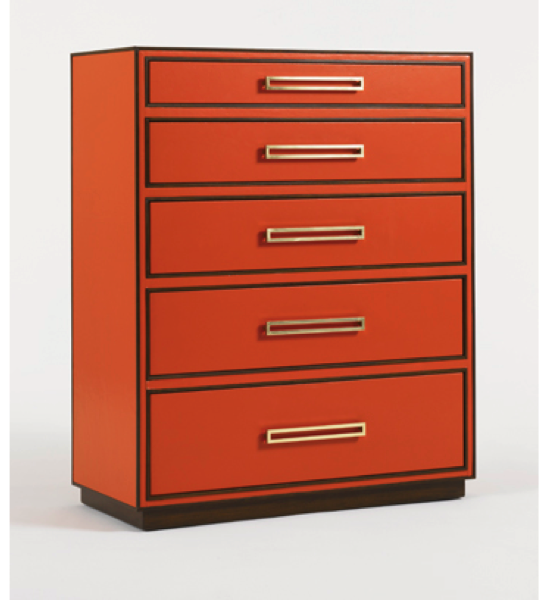
In addition to color, contrasting form is another signature element utilized in Brazilian design.
Looking at Paula Raia’s introductions from Sao Paulo’s Spring Fashion Week, we notice plunging v-necklines balanced with form-holding skirts. Heavier, textured fabrics and thick wooden shoes contrast flowing fabrics creating a distinct, yet balanced look.
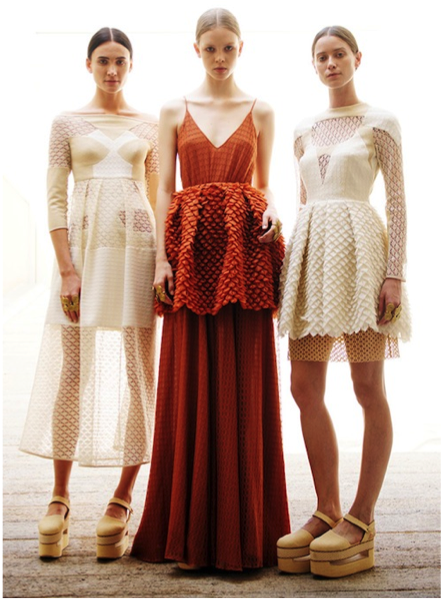
The same deliberate contrast is notable in the iconic National Congress of Brazil complex, where the linear design of its twin towers is juxtaposed with the saucer’s dominant curvature. The natural reflection of the water provides organic balance.
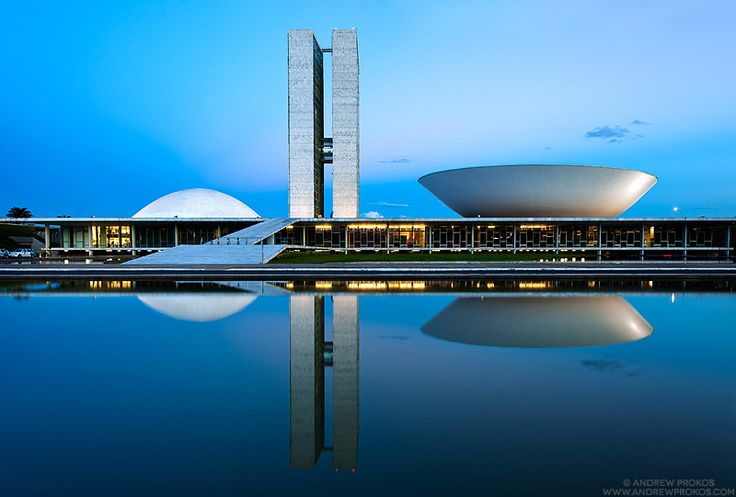
The last element of Brazilian design we’ll cover is its use of natural materials. One of the more distinct materials used in home décor and fashion is sisal, a fiber used in everything from decorative trimmings to area rugs to clothing. Designer Paula Raia used this textile to create the blouse and hair tie below.
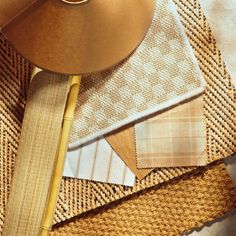
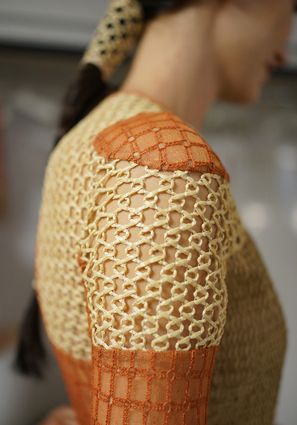
Achieving a similar look is the Koko Chair from the Tommy Bahama Home Royal Kahala collection. Woven raffia on the arms and back is framed with bronze nailhead trim. The patterned chenille on the seat and back offers a dramatic contrast.
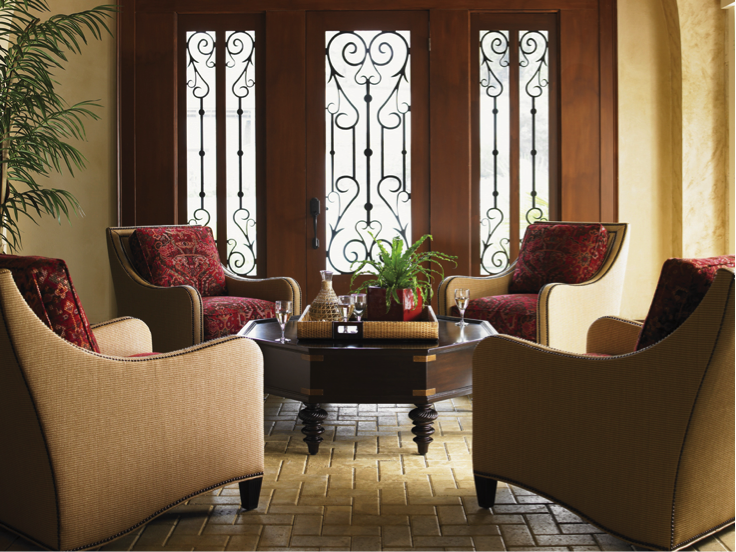
Brazil owes its name to this next indigenous material commonly known as Rosewood. Used as luxury flooring and in the manufacturing of fine furniture, this wood has a red dye that can be extracted, and features elegant wood grain patterns. Mixed with glass or stone, it creates a striking contemporary look, as seen with the Aquarius Domain Dining Table highlighted below.
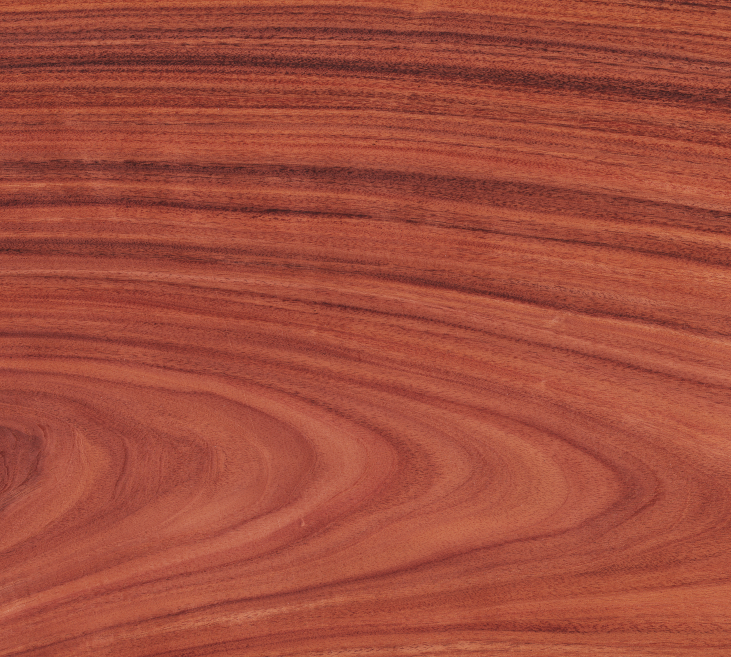
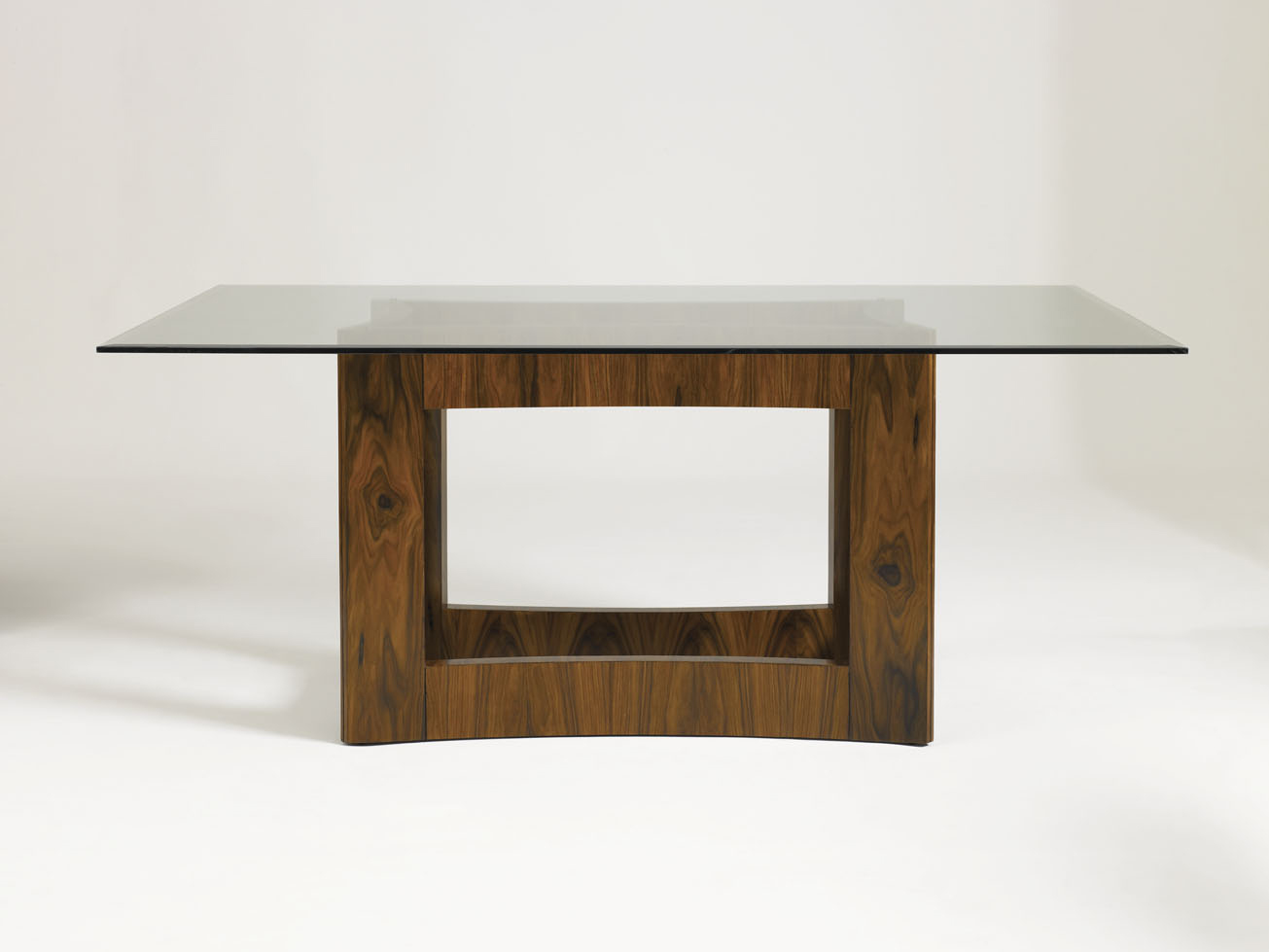
Brazil’s unique use of material, form and color create a country of diverse and vibrant design.
What Brazilian design elements would you incorporate?
What design elements best represent your country?
Looking for more inspiration? Check out our Global Design Pinterest Board
Back to Blog
